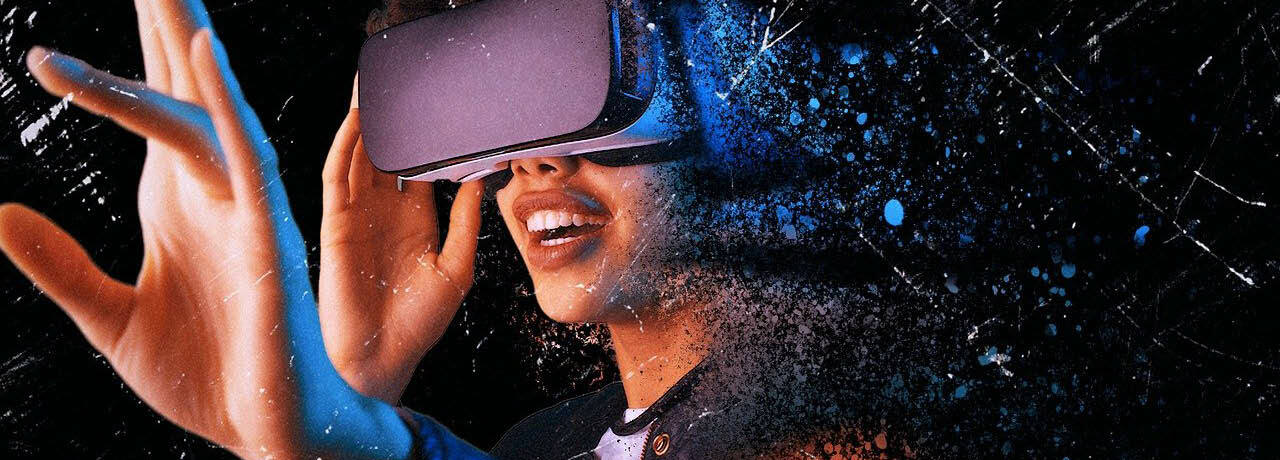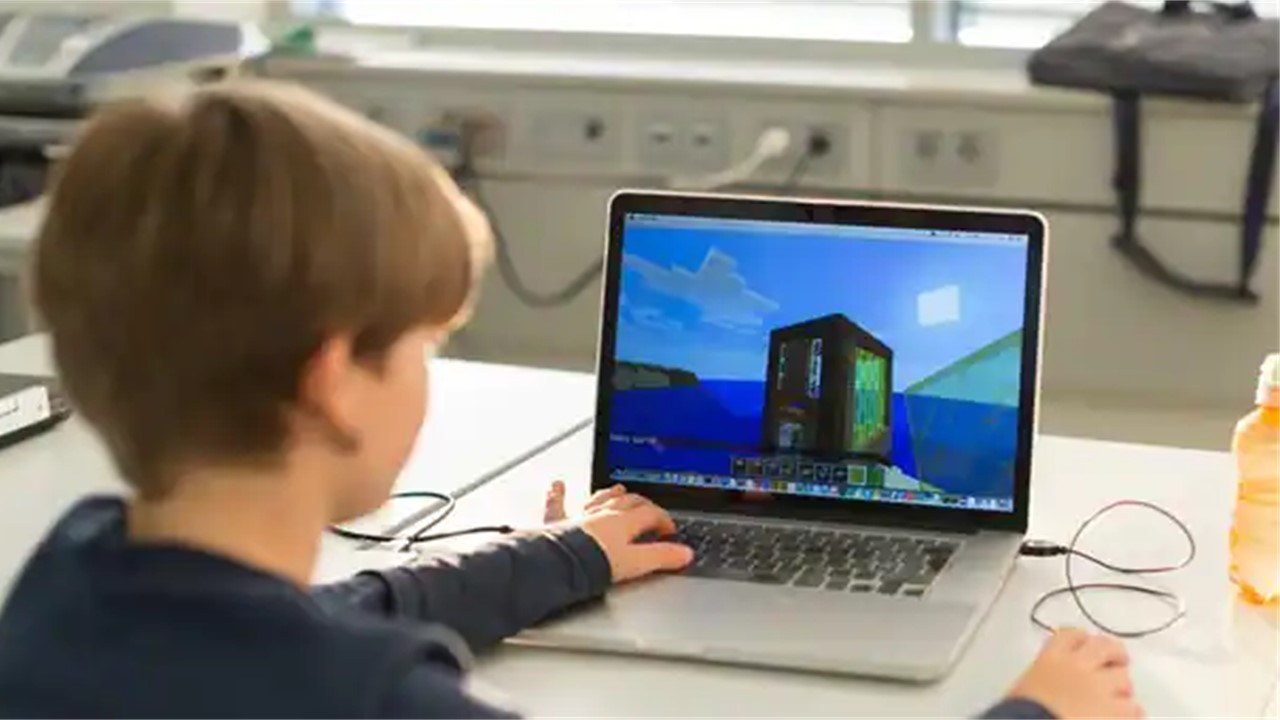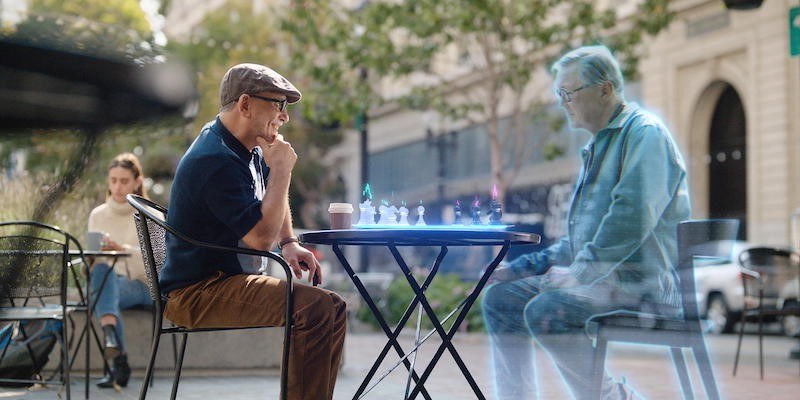

Digital Twins and the Metaverse
Will immersive design change the way we experience space?
Nothing, at least in recent memory, has become so polarizing in the design industry than the Metaverse. Perhaps it’s a lack of understanding of what this digital place actually is. Maybe it’s the unsettling idea that we would trade the physical for the digital as a wholesale experience. Whatever the reason, hearing the word Metaverse, for many, is off putting at worst. Disorienting at best.
However uneasy we feel and scary the Metaverse seems, as creators and those who love designing for the physical world we currently occupy, we must either choose to run from the idea or embrace it, or even better use our fear as a catalyst for creating something new.
What we can learn from Minecraft
In September 2014 when Microsoft acquired Minecraft for $2.5 billion, people scoffed at the price tag. It was, after all, just a video game, right? But that acquisition turned out to be a boon for Microsoft. With over 150 million active users, Minecraft has generated billions in revenue. However, money doesn’t tell the entire story. The data points Minecraft has generated have shown us how children behave and interact in a virtual world that has increasingly come to feel natural to them, a second home of sorts.
As an interior designer by trade, I’m enamored with the power physical space has always conveyed in my life. Like all of us, I have fond memories of my first home as a child. How it felt, how it smelled, how the sun filtered through the windows. When I asked my children’s friends how they felt about the first digital house they built in Minecraft, I was fascinated to hear many of the same emotions. For them, these digital spaces were the source of meaningful memories.

Coming to terms with the Metaverse
As foreign as it sounds and as anxious as it might make us feel, we’ve all at least been comfortable with the Metaverse being a future idea. Something down the road. However, the Metaverse is already here. In fact, it’s been here for nearly 15 years.
Cryptocurrency, NFTs, augmented reality, virtual reality, even hybrid work–– these are not buzzwords. They represent a strange new world taking shape around us. And if this is a scam or a flash-in-the-pan fad, it’s the largest one in history. The virtual real-estate industry, for example, generated $500 million in revenue in 2021. This year, it’s projected to generate over $1 billion.
But whether this is a scam or not doesn’t matter. What matters is that it represents change. The virtual world is entering our industry whether we want it to or not. It’s changing the way we create and exchange ideas, goods, and wealth. It’s changing the way we work. It’s changing the way we govern teams and organizations.
Digital twining
As architects and interior designers who work within the bounds of physical space, what does this new world look like? And what implications does this have moving forward? Surprisingly, it might not be too dissimilar from what we already do.
Since the birth of Autocad and Revit, we’ve grown used to creating digital copies of the physical spaces we create. These digital twins are exact replicas down to the water, electrical, and communications systems the physical product will run on.
While the end goal of these digital twins was ultimately to predict an eventual physical experience, what if that all changed? What if the virtual experiences we create weren’t just digital simulations, but an actual alternate digital reality that we physically play a role within? Going even further, what if these digital twins were as much a part of our realities as the real thing?

Expanding the fourth place
Many of us have a third place in our lives. It’s the place we go to when we’re not at home and we’re not at the office. The third place is a social setting. It’s become synonymous with coffee shops and co-working areas. Some researchers even extend this idea to libraries, churches, dog parks, and civic centers. These spaces form an important part of our social fabric and help us make sense of our lives and society. Then Covid happened. And when it did, we began to seek new ways to have those same experiences virtually. As a result, a fourth place emerged.
As we look towards the future, the fourth place is about to become even more intertwined with our lives. Far more visceral. Far more engaging. Think: meetings where your avatar discusses a product launch in any virtual environment you could imagine – like the moon. But perhaps these meetings could happen somewhere far more tangible. Somewhere closer to home. They could even happen in an actual, real, live place.
Creating work experiences in a virtual world doesn’t have to be fanciful or dystopian. When I think about shifting the way we experience reality, my mind goes back to creating a version of that reality within our actual offices. By designing digital twins of our physical spaces, remote workers feeling Zoom fatigue could join in and share the same experiences physical employees do.
Same experiences Different vehicles
Physical spaces can influence our lives, create meaning, and reinforce culture perhaps more than any other medium. But that also doesn’t mean we can’t create the same virtually. The physical versus the metaverse isn’t a zero sum, winner-take-all competition.
Rather, it’s creating a fourth place. One that puts remote and physical employees on the same playing field every day –– making sure that they’re sharing the same moment in the same way even though it’s delivered in a different vehicle. The more we can use the metaverse to create equity for hybrid employees, allowing them to share in on physical experiences in a seamless, personal way, the happier and more connected they’ll feel.
To learn more about how we’ve been experimenting with the metaverse at work, and how we can help your organization turn the virtual into reality, please contact us. Also explore our latest venture into culture
+One Culture Consulting.